Doxo, an online bill payment service, released a report to summarize the costs of the most commonly paid household bills across the United States. It obtained the data from the 2.5 million people who use its services. What makes it so much more interesting than consumer surveys is that the report relied on the actual consumption of people from different parts of the country, especially the metropolitan areas. Even though the bill payer has information on 45 bill categories, this report talked about the nine most common ones: auto insurance, auto loans, utilities, mobile phone, cable and phone, dental insurance, alarm and security, life insurance, and health insurance. Let us take a look at which metro areas are the most expensive ones in the nation using these things as the metric!

These U.S. Cities Have The Highest Household Bills Across The Nation
Salt Lake City, Utah
The most populous city in the Beehive State is its capital, Salt Lake City. Ideal for outdoor recreation, this urban gem is set against the Wasatch Mountains and boasts what is called ‘The Greatest Snow on Earth.’ It is also known as the home of the Church of Jesus Christ of Latter-day Saints HQ. In 2018, monthly average household expenses went up to $923, which is 17 percent of the household income.

Salt Lake City, Utah
Bottom Line: Salt Lake City, Utah
The economy in the city is primarily service-oriented and has major sectors in utilities, government, trade, transportation, and business and professional services. Even though the highest monthly cost goes to mobile phone services, the bills for dental insurance and cable and satellite remain low. The good news is that utilities and all insurance bills remain below the national average. However, keep in mind that you might have to pay more for auto loans than in any other major metropolitan area.

Bottom Line: Salt Lake City, Utah
Minneapolis, Minnesota
One of the “Twin Cities” of Minnesota, Minneapolis lies on the banks of the Mississippi River. The city offers plenty of things to do year-round. Also called the City of Lakes, it is abundant in water with its 13 lakes. It also has the Mall of America, which is great for folks who want to shop until they drop. When it comes to monthly expenses, the average rests at $923. This is 15 percent of the household income!

Minneapolis, Minnesota
Bottom Line: Minneapolis, Minnesota
In 2018, Minneapolis placed third in the Economist’s reports on the most expensive cities in North America. Its 40-mile dedicated bike lane is used by 10,000 cyclists on a daily basis. In 2017, it was even called the most bike-friendly among the 50 biggest cities in the United States. The cost of auto loans and insurance, utilities, and alarm and security systems are a little less than similar metropolitan areas. On the other hand, the monthly health insurance rates at $212 would be the highest in the same survey.

Bottom Line: Minneapolis, Minnesota
Columbus, Ohio
Named for Christopher Columbus, you have probably seen Columbus on a number of “best places” lists by now. The capital of Ohio boasts many gorgeous neighborhoods that make it the perfect place for families from all walks of life. It has a food scene that will satisfy even the pickiest people. The monthly average expenses would be $940, which is around 20 percent of the average household income
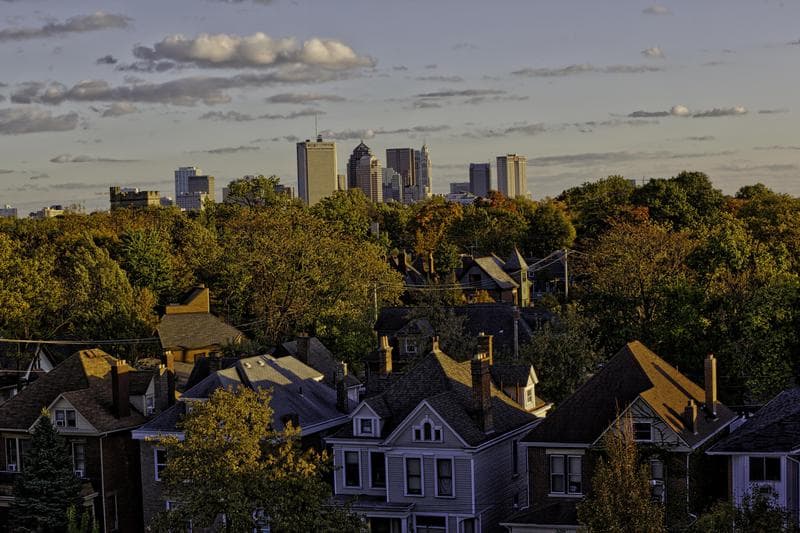
Columbus, Ohio
Bottom Line: Columbus, Ohio
Recently, bicycling has increasingly become the preferred mode of transportation within the city. It makes sense that the number of households with no car is lower than average. Compared to the other metropolitan areas on the list, Columbus has the lowest dental and life insurance rates. The health insurance, auto insurance, and loan rates are considerably lower here than the others as well!

Bottom Line: Columbus, Ohio
Sacramento, California
This city lies at the confluence of the American River and the Sacramento River in Sacramento Valley. As of 2019, the Californian capital had a population of 513,625 people. It is one of the fastest-growing major cities in the state as well. According to Time, it is “America’s Most Diverse City.” On average, the residents spend $941 a month. This is 18 percent of the average household income.

Sacramento, California
Bottom Line: Sacramento, California
It is hard to beat the food and beverage scene of Sacramento. In 2012, it even adopted the title of “America’s Farm-to-Fork Capital” and now boasts more than 60 microbreweries. The residents of the city enjoy the lowest auto insurance rates at an average of $171 per month. All the categories, save for dental insurance, utilities, and auto loans, are lower than the average.

Bottom Line: Sacramento, California
Orlando, Florida
We are sure that the first thing that comes to your mind is Disney World! However, this city in central Florida offers much more than that. The pleasant weather and beaches draw in people from all over the country, and so does the recreational activities that it has to offer. In general, people shell out $949 on expenses every single month. This is equivalent to around 23 percent of the average household income.
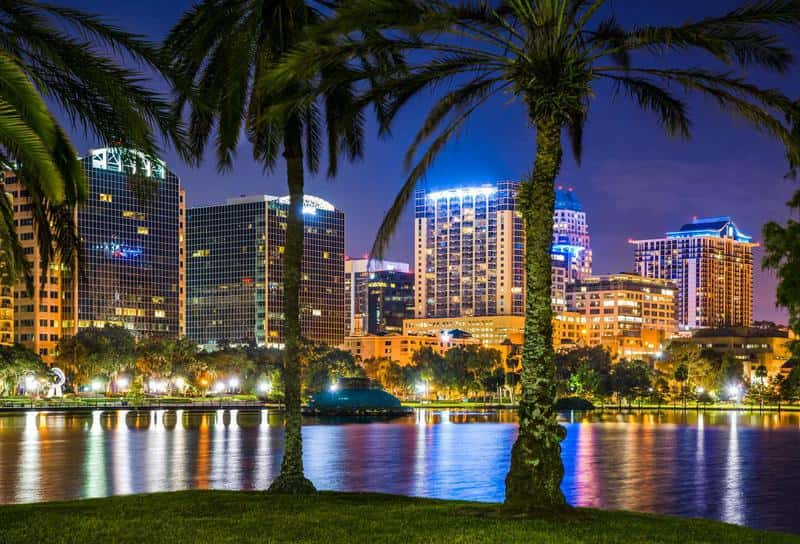
Orlando, Florida
Bottom Line: Orlando, Florida
Let us not forget that Orlando is a major industrial and technology hotspot. It even boasts the Central Florida Research Park, the seventh largest research park in the country. Over here, auto insurance rates are 18 percent above the national average, but everything else is lower than other parts of the country. The residents of the city get to enjoy the biggest savings on utilities and dental insurance.

Bottom Line: Orlando, Florida
Seattle, Washington
Who would not want to live in a city surrounded by lush forests? The seaport city of Seattle might have a population of nearly 4 million people, but it is still one of the cleanest metropolitan areas in the country. There is no doubt that you will enjoy the food and beverage scene that it has to offer as well. Monthly average expenses would be $958, which is around 16 percent of the household income of the residents.
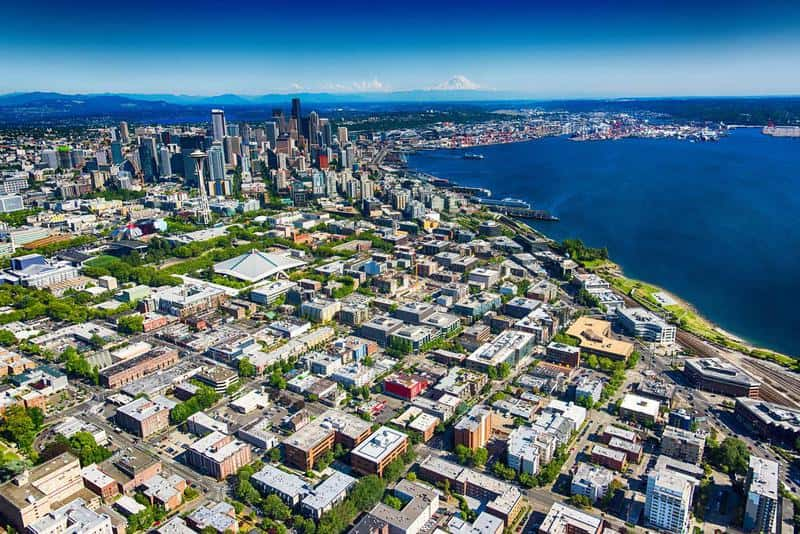
Seattle, Washington
Bottom Line: Seattle, Washington
Did you know that, with 62 percent of people 25 and above holding a bachelor’s degree, Seattle has the highest percentage of college grads in the nation? In the past decade, housing costs have gone up with the population growth. It comes in third when in terms of the cost of alarm and security systems. In general, residents pay more in nearly every single category with the sole exception of health insurance.

Bottom Line: Seattle, Washington
Chicago, Illinois
Go figure – the largest city in the Midwest has also made it to the list. This is a great place to live thanks to the availability of good jobs, efficient public transportation systems, and a diverse population. Are you thinking of moving to the Windy City? If this is the case, then you should expect to pay around $976 for expenses per month. This will eat up around 18 percent of your average household income.

Chicago, Illinois
Bottom Line: Chicago, Illinois
An international economic center, Chicago offers a diverse economy in which there is no single industry that takes credit for the employment of over 12 percent of the workforce. The residents pay $17 more than usual for their mobile phone services. Even though Chicago residents pay above average for nearly every single category, they do have an advantage when it comes to their utilities and health insurance.
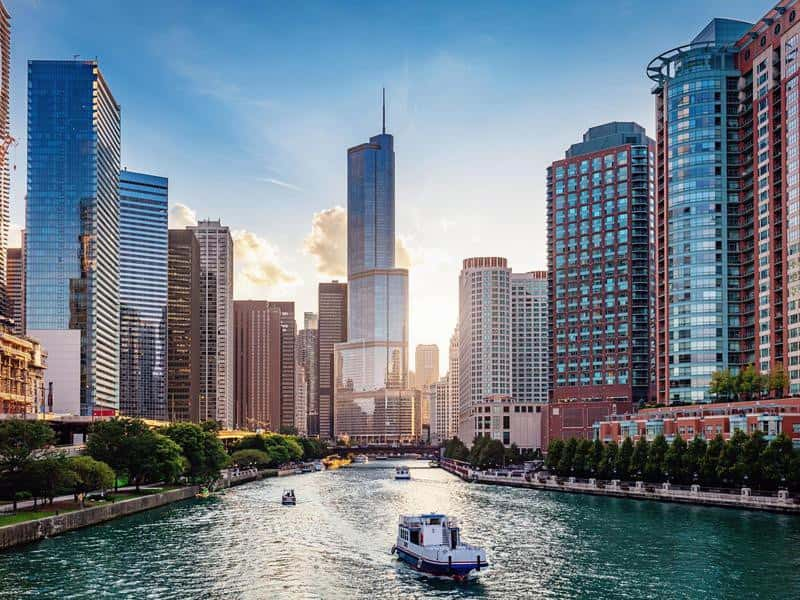
Bottom Line: Chicago, Illinois
Portland, Oregon
Among other things, people adore Portland for its natural scenery, livability, cultural scene, and food and beverage culture. There are lots of things to love about the biggest city in Oregon. The mix of urban amenities and picturesque views have turned it into one of the most desirable places in the country. On average, residents pay $989 on monthly expenses, which is 19 percent of the household income.
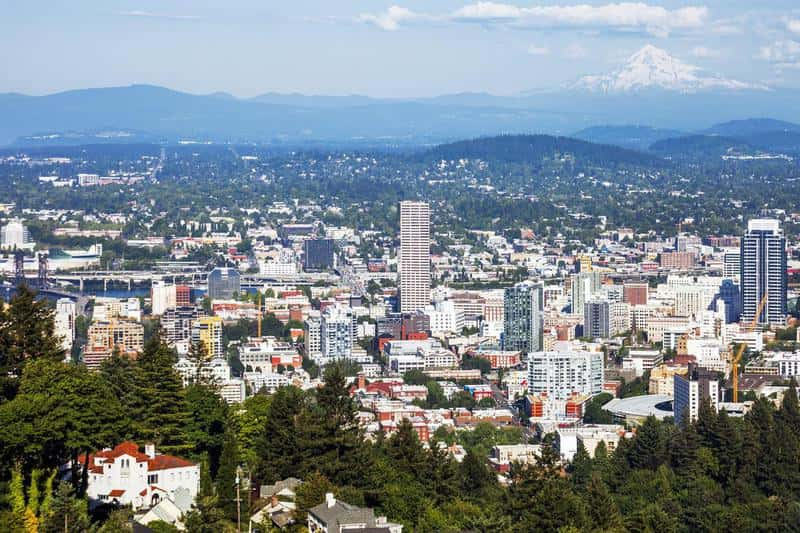
Portland, Oregon
Bottom Line: Portland, Oregon
Portland is an environmentally conscious city that boasts of public parks spread out across 10,000 acres of land. The city usually tops lists about quality of life! Residents shell out 38 percent above the national average for alarm and security systems. This might have something to do with the fact that it has the highest crime rates in the state, but it is still 9 percent lower than the national average. Anyway, dental and health insurances also cost a little more than usual, while life insurance goes for $23 less per month.
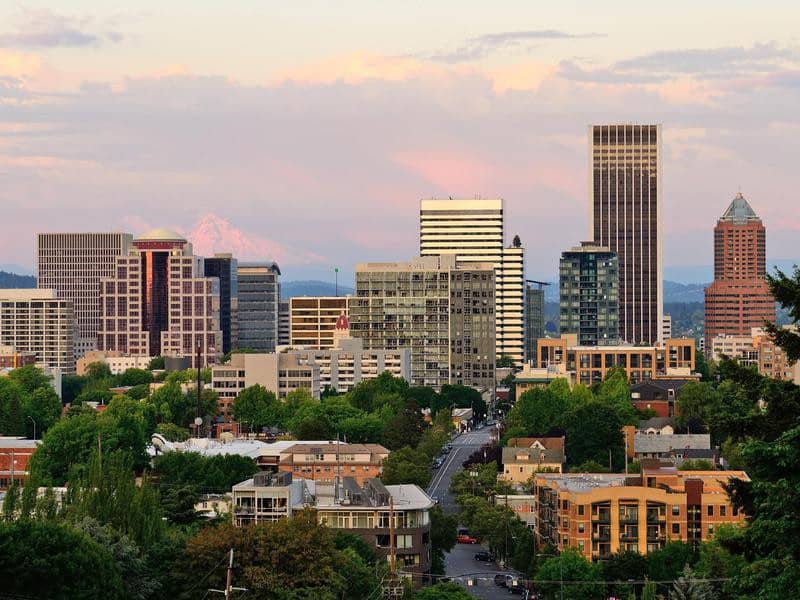
Bottom Line: Portland, Oregon
Dallas, Texas
With the availability of jobs in Dallas, we can see why people are packing their bags and moving here in droves. It is a booming metropolis that offers cultural activities from film festivals to microbreweries and more! If you are a foodie who especially adores barbecue, this is the place to be. The monthly average expenses go up to $991, which is equivalent to 19 percent of the average household income.
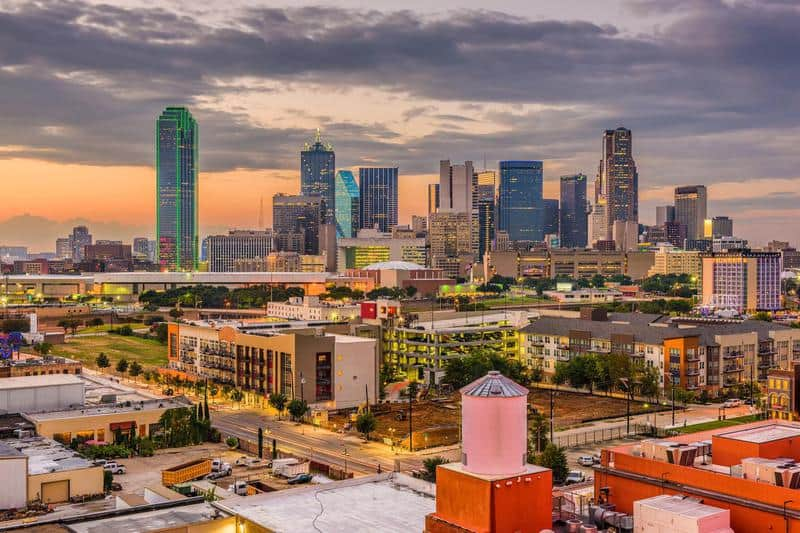
Dallas, Texas
Bottom Line: Dallas, Texas
Did you know that Dallas is the biggest inland metropolis without a navigable link to the sea? Despite this, it is a transportation hub that has major interstates, railroad lines, and one of the busiest airports on the planet. AT&T is headquartered in Dallas, but residents still spend $7 above the national average on mobile phone services. Luckily for them, life and auto insurance rates make up for this.
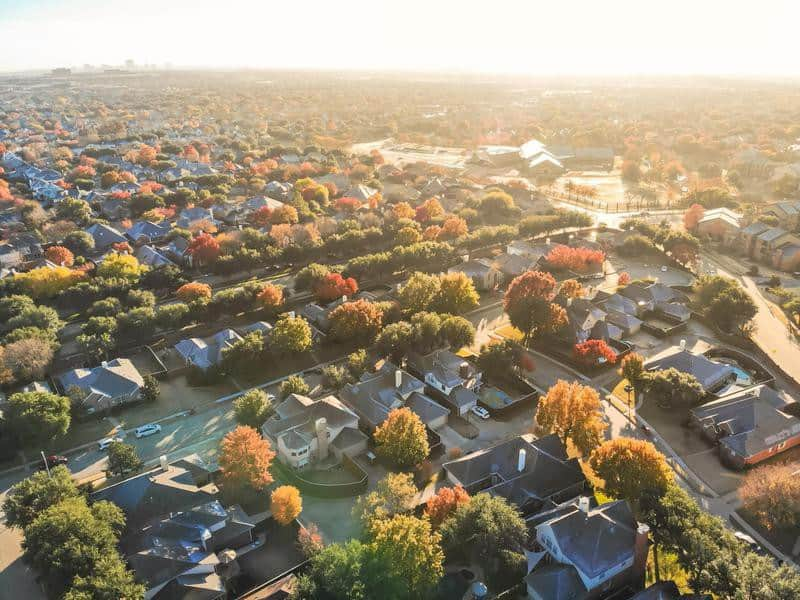
Bottom Line: Dallas, Texas
Denver, Colorado
This city has piqued the interest of people from across the nation thanks to its thriving foodie scene, low unemployment rate, and the strong job market. It is also great if you like the great outdoors! Needless to say, there is never a shortage of gorgeous views in the Mile-High City. You can expect to pay $1,015 for monthly expenses. You will need around 17 percent of your household income to cover the bills.
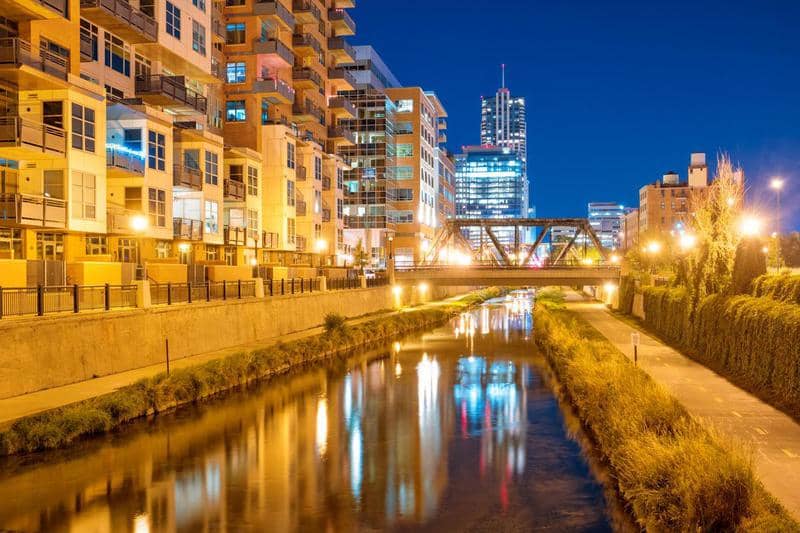
Denver, Colorado
Bottom Line: Denver, Colorado
Denver benefits from the fact that it is equidistant from metropolitan areas in the West Coast and the Midwest. This makes it the best place for various companies to set up distribution and storage centers. The average household income has made it to the top ten among the cities on the list, but average expenditures put it in the bottom ten. It has above-average dental insurance and auto loans costs, although it does have slightly lower alarm and security systems, utilities, and health insurance rates.

Bottom Line: Denver, Colorado
Boston, Massachusetts
If you are looking for a coastal city that has a diverse and vibrant population, Boston might be the place you are looking for. The New England city offers a fascinating history, great healthcare, and accessible quality education. We just hope that you can stand freezing winters! Monthly average expenses usually go up to $1,036. This usually makes up around 16 percent of the regular household income.
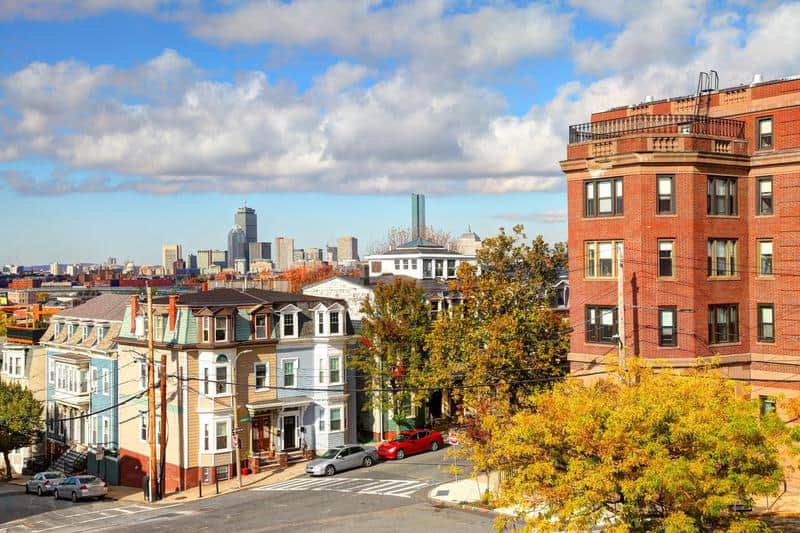
Boston, Massachusetts
Bottom Line: Boston, Massachusetts
There is a high number of households that go without a car. As a matter of fact, Boston might even have the highest number of residents commuting on foot! You will find that mobile phone services and health and auto insurances cost less than usual. On the other hand, dental costs go for 23 percent higher than the rest of the cities here. Cable and satellite services also cost more than the other cities on the list.

Bottom Line: Boston, Massachusetts
Houston, Texas
Without a doubt, Houston is one of the most diverse cities in the United States. It is also second only to New York when it comes to the number of Fortune 500 HQs. Houston is a big and vibrant city that has something for everyone! If you are a sports fan, the number of strong professional teams is also a draw. Expect the monthly average expenses to reach $1,037 or 19 percent of your household income.

Houston, Texas
Bottom Line: Houston, Texas
Fun fact: Houston is the biggest city in the United States in terms of the total area! Residents of this Texan city get to enjoy lower-than-average costs for dental, health, and life insurance. It is an auto-dependent city, however. In 2016, over 77 percent of commuters drove to work alone. This might explain why auto loans go for $43 above the monthly national average.

Bottom Line: Houston, Texas
Pittsburgh, Pennsylvania
This city has gotten more attractive to graduates thanks to a recent boom in job opportunities. The more affordable housing market of Pittsburgh has drawn in new residents as well. History lovers will love its manufacturing and industrial past, while sports fans can cheer on for its various pro sports teams. On average, monthly expenses reach $1,056, which is 23 percent of the household income.

Pittsburgh, Pennsylvania
Bottom Line: Pittsburgh, Pennsylvania
There are many reasons why Pittsburgh continues to top the list when it comes to the most livable cities in the United States. Sadly, the costs of utilities would not be one of them. In general, residents pay more than the average on utility bills. On the bright side, they usually pay only $70 for mobile phone services, which is the lowest that you will find on the list. Auto loans and life insurance rates are below average too.
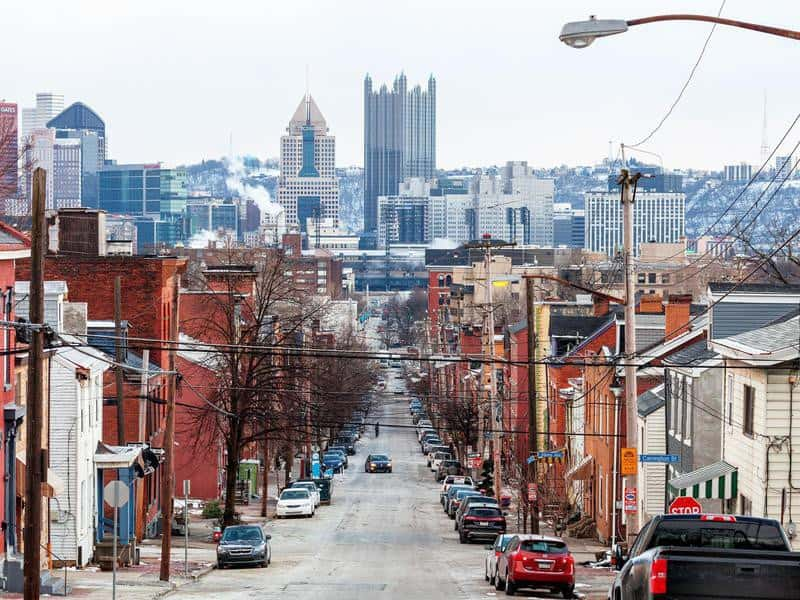
Bottom Line Pittsburgh, Pennsylvania
Detroit, Michigan
Despite the bad rep that it gets, there are plenty of things going for it. For one, the city has a vibrant music scene. Another great thing about it is the fact that it is the only US city with basketball, baseball, hockey, and football stadiums within walking distance from the downtown area. In terms of monthly expenses, residents pay $1,061 on average. This is equivalent to 22 percent of the household income.
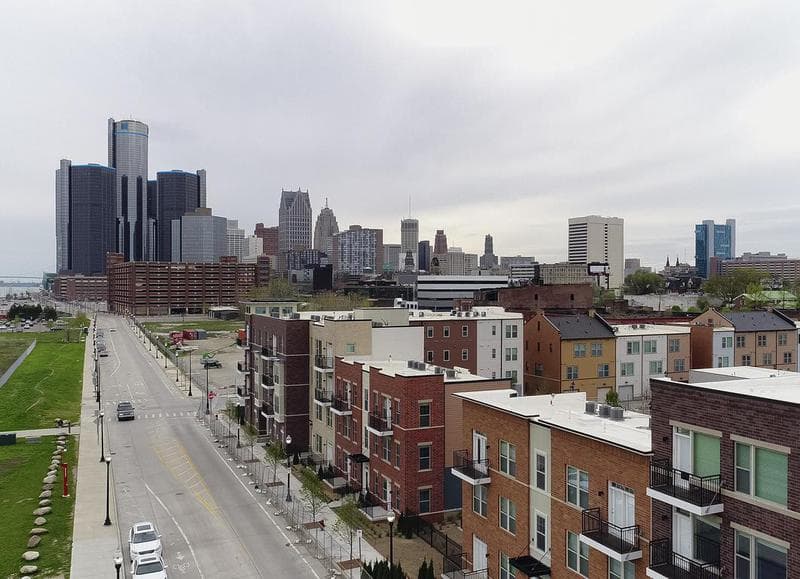
Detroit, Michigan
Bottom Line: Detroit, Michigan
Known for its manufacturing industry, Detroit is also the biggest city on the Canadian border. It is used as a transportation hub thanks to its three international border crossings. Residents earn one of the worst average household incomes that you will find here but still shell out 57 percent more for health insurance. The good news is that the average monthly dental cost is only $20, the lowest on the list.
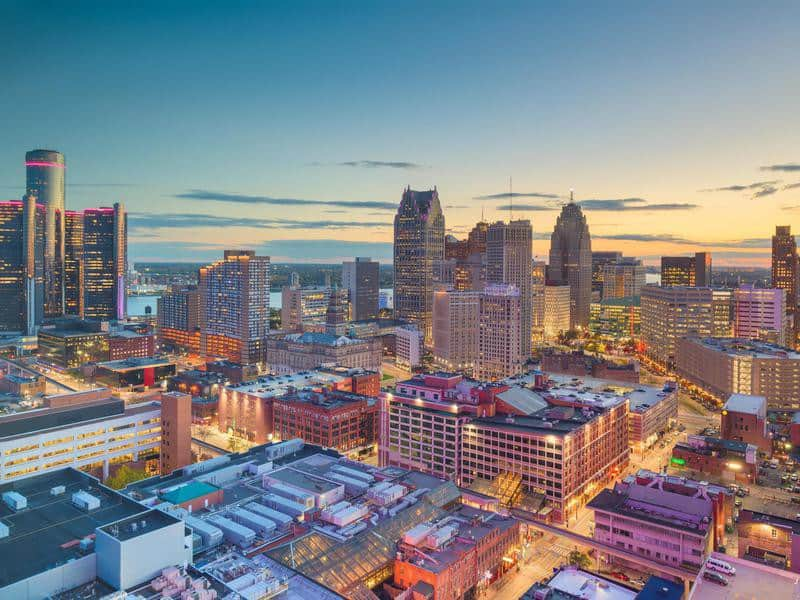
Bottom Line Detroit, Michigan
Philadelphia, Pennsylvania
We promise you that you will always find something to do in Philly. Museums, shopping, theater, history, and dining… it feels like Philadelphia has it all for you. The amount of green spaces is a huge draw as well. People love it for its metropolitan conveniences but small-town charm. Residents pay $1,062 on monthly expenses, which takes up around 19 percent of the average household income.

Philadelphia, Pennsylvania
Bottom Line: Philadelphia, Pennsylvania
In 2017, Philadelphia was dubbed the fifth most walkable and fifth-most transit-friendly major city. Its primary industries include health education, research, and health care. Despite this, residents are still paying 43 percent more than the national average for health insurance. On the other hand, they pay a little below the national average for auto loans, dental insurance, and alarm and security systems.

Philadelphia, Pennsylvania
Washington, D.C.
Why are so many people packing and moving to Washington, D.C.? You might feel the same way when you hear their reasons. For one thing, it is a very diverse place, which makes it an interesting place to live in. Jobs pay well above the national average as well. If you are thinking of doing the same thing, keep in mind that the monthly average expenses are $1,070 or 15 percent of the household income.

Washington, D.C.
Bottom Line: Washington, D.C.
The capital of the nation and the sixth-biggest major city, its economy is very dependent on the federal government. Washington, D.C. boasts the second-busiest rapid transit system in the United States, as well as one of the most trafficked roads. Residents spend 27 percent more than the national average on auto insurance. Aside from auto loans, every other category is more expensive than the average as well.

Bottom Line Washington, D.C.
San Francisco, California
There is more to San Francisco than the Golden Gate Bridge! This Northern California gem is one of the hottest metropolitan areas in the country at the moment. The lovely climate, amazing culinary scene, and booming economy are attracting more and more people. On average, people pay $1,073 on monthly expenses. This is equivalent to 15 percent of the average household income over here.

San Francisco, California
Bottom Line: San Francisco, California
Did you know that San Francisco is the second-most densely populated city in the United States? It also has the second-highest number of college grads. Recently, Mercer’s Quality of Living Ranking said it was the best US city. SF has the most expensive dental insurance costs on our list, while the costs of auto loans here are the second highest. Mobile phone services cost $86 a month, which is 12% below average.

Bottom Line San Francisco, California
Los Angeles, California
We bet that the first thing that you think of when you hear Los Angeles is Hollywood. The center of the film and TV industry, the ethnic diversity, and the balmy climate only add to the charm of this metropolis. However, it has not been known to be cheap for quite a long time now. If you want to relocate here, keep in mind that monthly average expenses go up to $1,096. The bills alone will take up around one-fifth of your household income! Are you ready to take on that challenge?

Los Angeles, California
Bottom Line: Los Angeles, California
Los Angeles is the most populous city in the Golden State and the second in the United States. It boasts some of the worst road congestion in the nation as well. Even though the average household income is below the national average, residents tend to spend more on bills in nearly every single category. Forty percent of the monthly payments are made to auto loan companies, making it the highest in the US.

Bottom Line Los Angeles, California
New York, New York
It probably does not come as a shock to anyone that New York City is this far down the list. After all, it is no secret that the Big Apple is expensive! Known for its skyscrapers, history, and cultural scene, a lot of people are trying to make it big in the City That Never Sleeps. Before they do that, they need to pay an average of $1,126 on monthly expenses. This is equal to around 18 percent of the household income.
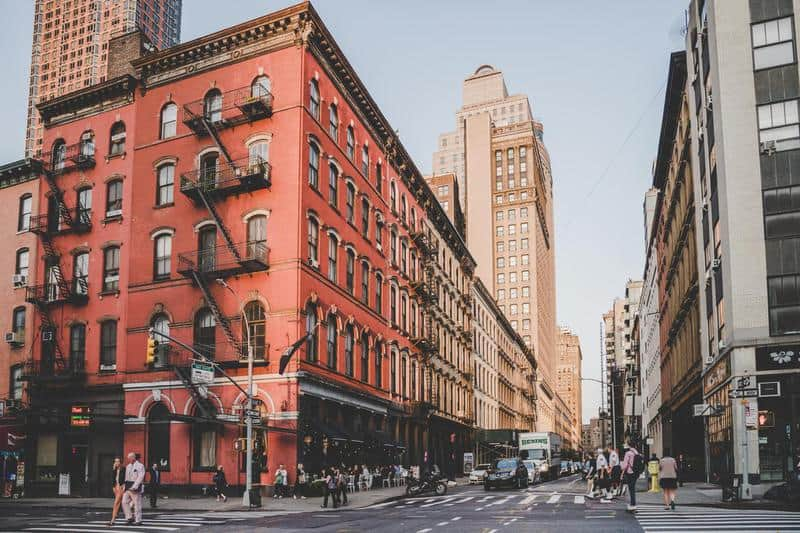
New York, New York
Bottom Line: New York, New York
Those living in the most populous city in the US pay $142 more than the $984 monthly national average. Alarm and security costs alone make up over 10 percent of the bills, which is the highest in that category on our list. Aside from that, New Yorkers also spend more money than people from other cities on life insurance. It is interesting to note that they buy more of it than any other metropolitan area as well. They can offset it a bit since they pay below average when it comes to auto loans and health insurance.

Bottom Line New York, New York
Miami, Florida
Last but not the least, we have Miami, Florida. It is not all about the thriving nightlife and the gorgeous beaches either. There is something for everyone here with its historic neighborhoods, vibrant art scene, and diverse cultures. The weather is ideal if you like a warm climate. We can definitely see why it is a favorite among retirees. If you are planning to live here, you should know that the average monthly expenses come up to $1,157 on average. This means that the average household pays 26% of its income on these bills!
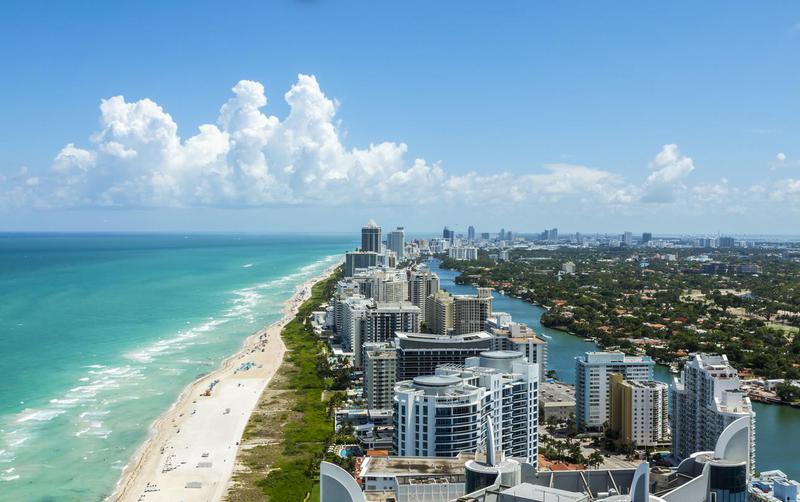
Miami, Florida
Bottom Line: Miami, Florida
Even though Miami is on the smaller side compared to other U.S. cities when it comes to land area, it is in the top 10 in terms of population. While the average household income is only the 19th highest, the residents shell out more money on household expenses than any other big city in the country. They especially pay more on auto insurance, which is only offset by how they spend less than average on dental insurance and cable and satellite services.

Bottom Line Miami, Florida
